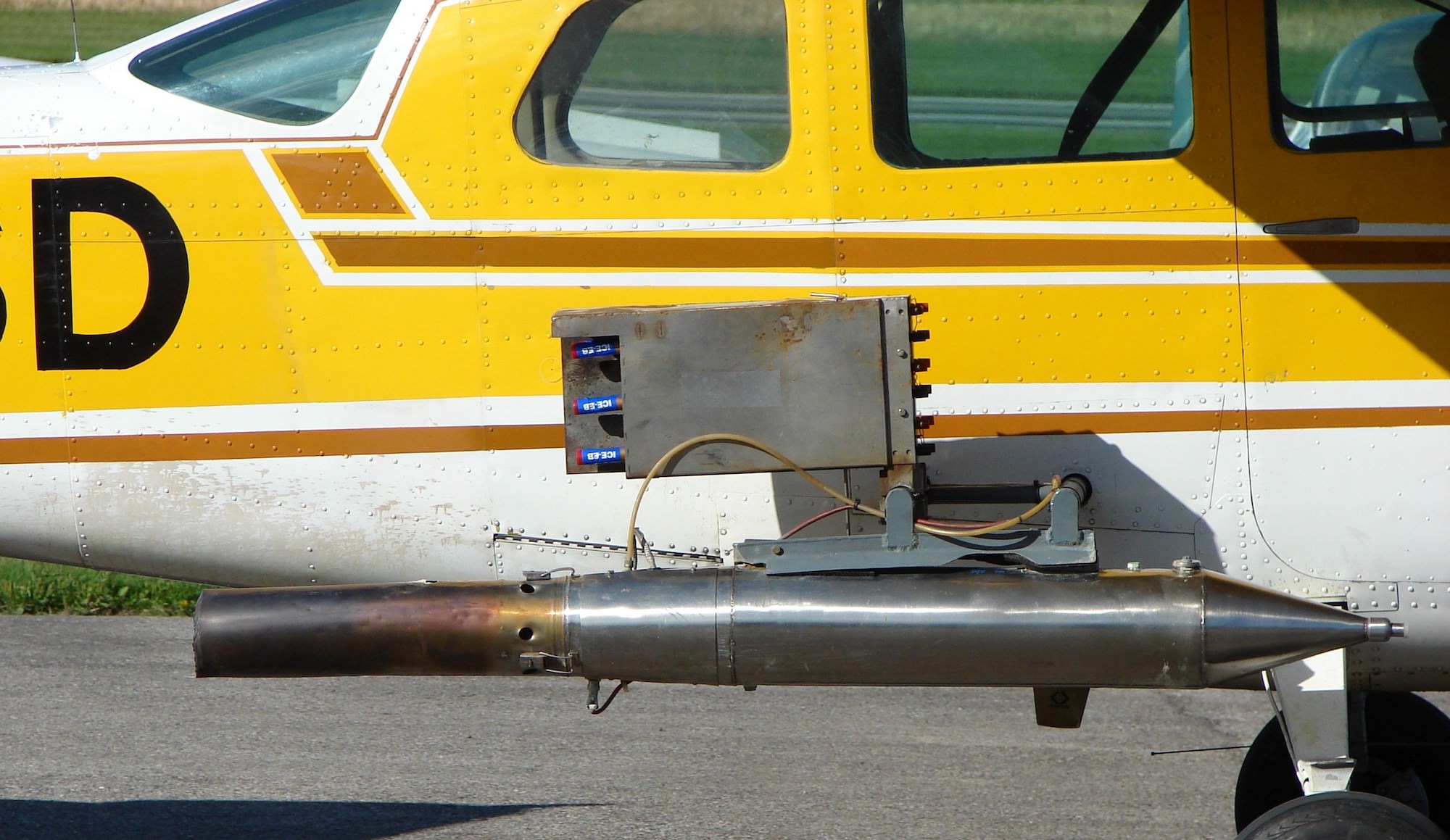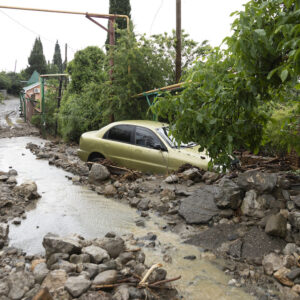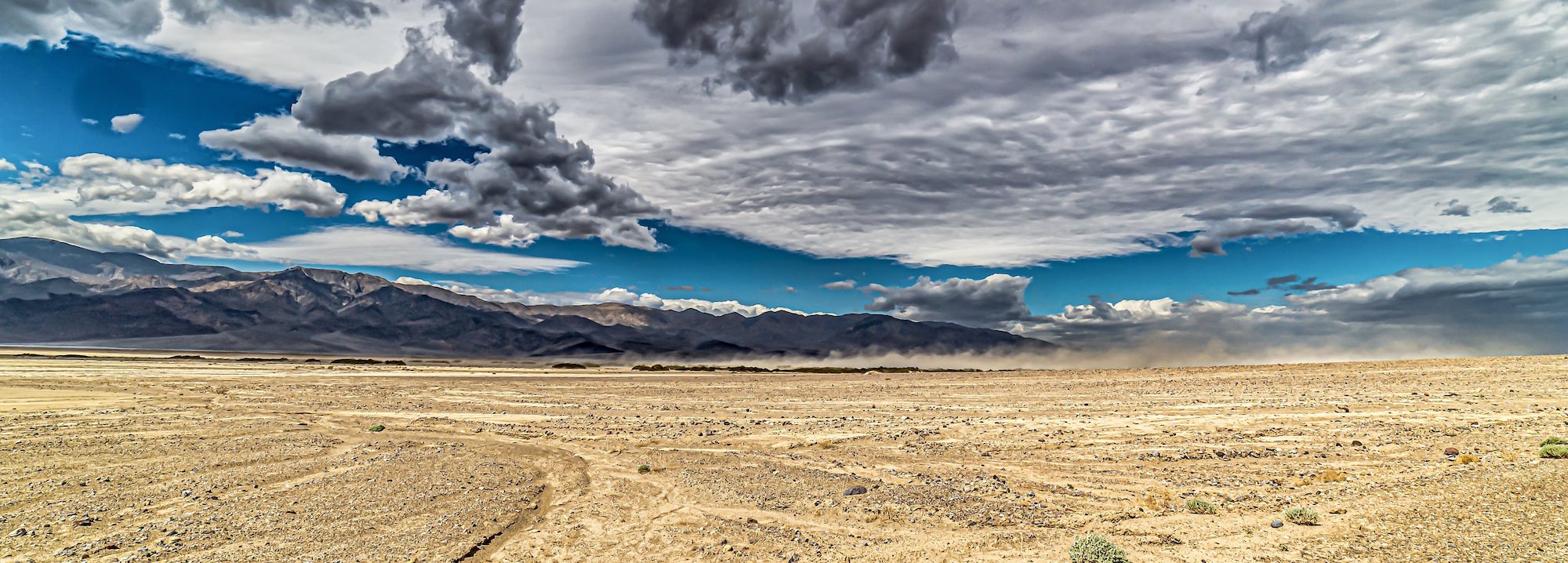- October 16, 2023 -
By Lisa Murray-Roselli
Cloud seeding is one of the most unusual ways silver is used in industry. Silver iodide (AgI), a compound of iodine and silver, is a catalyst that creates optimum conditions within a cloud to produce precipitation. This photosensitive solid was also used in early photography and as an antiseptic in medicine. Although its more modern success in helping to alleviate drought, reduce the size of hail, and clear fog from airports is well documented, scientists and environmentalists warn against overreliance on its use.
As with many discoveries, cloud seeding’s development was unintentional. In the 1940’s, Vincent Schaefer was working for General Electric (GE) as a researcher, trying to solve the problem of aircraft icing over in midair. He designed a freezer to facilitate his understanding of the way ice forms in clouds. One day, Vincent arrived to find that the freezer had been accidentally turned off. In an attempt to cool it down quickly, he placed a block of dry ice (frozen carbon dioxide) inside.
Instantly, a sparkling cloud of ice crystals formed in the air. Vincent and his team decided to increase the scale of this discovery, dropping six pounds of dry ice from an airplane into a cloud over the Adirondack Mountains. The resulting snowfall excited these researchers and prompted them to continue down this path, eventually leading to the discovery by GE atmospheric scientist Bernard Vonnegut (brother of novelist Kurt Vonnegut) that silver iodide is an ideal particle for helping ice crystals form within clouds.

Cessna 206, rebuilt for cloud seeding, with detail view of silver iodide generator [Photo Credit Christian Jansky]
Silver iodide acts as a nuclei for snowflake formation and growth. A cloud may be filled with droplets of supercooled water (water that is below the freezing mark yet not crystalized) that are not densely packed or heavy enough to fall to the earth as snow or rain. Silver iodide, which has a crystalline molecular structure similar to that of ice, causes water droplets to consolidate around them and freeze into snowflakes. These newly-formed snowflakes quickly grow and fall from the clouds back to Earth, increasing snowpack, streamflow, and reservoir levels, to name just a few examples.
The enterprise can be conducted from the ground or from an airplane. Ground seeding is the better option for low-level clouds over complex terrain. Equipment generally comprises a control module, flares containing silver iodide, canisters, and cameras. The control module can be operated remotely or manually and guides the direction and firing of the flares. Canisters around the flares prevent sparks from hitting the ground, and cameras in the vicinity are used for security, checking weather conditions, and making sure the equipment is operating properly.
Once the flares are ignited, the silver iodide is burned in acetone, causing the particles rise in the resulting smoke. When the smoke rises up to the level of the clouds, it takes about 20 minutes for the reaction to take place and precipitation to start falling. Ground seeding operations generally target a specific area such as a reservoir.
Aircraft caring those same flares fly directly into clouds over the targeted area. Pilots must rely on their navigational and communication equipment for these flights as they are in-cloud for the entire 2-4-hour mission, with zero visibility. If the liquid water inside the cloud is too cold, pilots will fly the aircraft above the cloud and drop ejectable flares into the cloud below, which sink to a warmer layer to work their magic.
 Conditions have to be just right for cloud seeding to take place. Organizations like the Desert Research Institute and Weather Modification, Inc. rely heavily on in-house meteorologists and atmospheric scientists as well as local and national organizations such as the National Weather Service and its Next Generation Weather Radar (NEXRAD), the US Forest Service, and the National Oceanic and Atmospheric Administration’s Geostationary Satellite Server (GOES) to determine whether or not all criteria have been met for the operation. Clouds must cover at least 50% of the target area and have sufficient depth, with bases at least as low as the highest mountain peaks. Wind speed and direction must be conducive to transporting the seeding material. Water in the cloud should be supercooled and the temperature near the mountaintop should be -5 degrees Celsius or colder.
Conditions have to be just right for cloud seeding to take place. Organizations like the Desert Research Institute and Weather Modification, Inc. rely heavily on in-house meteorologists and atmospheric scientists as well as local and national organizations such as the National Weather Service and its Next Generation Weather Radar (NEXRAD), the US Forest Service, and the National Oceanic and Atmospheric Administration’s Geostationary Satellite Server (GOES) to determine whether or not all criteria have been met for the operation. Clouds must cover at least 50% of the target area and have sufficient depth, with bases at least as low as the highest mountain peaks. Wind speed and direction must be conducive to transporting the seeding material. Water in the cloud should be supercooled and the temperature near the mountaintop should be -5 degrees Celsius or colder.
The project meteorologist is also responsible for identifying conditions in which the cloud seeding operation either cannot take place or needs to be called off for safety reasons. Those include extreme avalanche danger, flooding risks, excessive runoff predicted, and times of holiday travel or heavy traffic. Although the act of cloud seeding is relatively simple, the conditions required to do so are quite complex and take skilled professionals to gather and align all of the data.
Changes in our global climate have helped to create drier and hotter conditions for much of the planet. Although cloud seeding cannot solve this issue, recent research has shown that it can increase precipitation in a targeted area from five to fifteen percent. It has yielded billions of gallons of extra water for reservoirs at the cost of only $3.50 per acre foot and helped to alleviate the affects of the megadrought in the southwestern US.

Critics point out that there are many unintended consequences as well. Weather modification may reinforce existing inequalities. Ethical concerns include cloud seeding being used to support things like golf courses or surf lagoons in the desert instead of drought alleviation. There is also a lack of national and international policies regarding who is allowed to modify the weather, where, and to what extent. Use of this technology may lie only in the hands of those who can afford it.
Weaponization of cloud seeding is a growing concern in a world in which fresh water is a critically diminished natural resource. Weather modification has become an element of suspicion and fear in the Middle East, a historically tense part of the world: “Both Israel and another country are working to make Iranian clouds not rain,” Brig. Gen. Gholam Reza Jalali, a senior official in Iran’s Revolutionary Guards Corps, said in a 2018 speech. Co-opting another country’s clouds as a military or political tactic is already in the minds of government leaders.
 Finally, although weather modification scientists are confident that the amount of silver iodide used in cloud seeding is safe, the cumulative effect is still unknown. The Clean Water Act identifies silver iodide as a hazardous substance and bioaccumulation could be harmful to both aquatic life and humans. In addition, environmental damage from flooding can result from its careless use. For example, the UAE’s Rain Enhancement Research Program’s cloud seeding has been blamed for massive flooding and damage in Dubai.
Finally, although weather modification scientists are confident that the amount of silver iodide used in cloud seeding is safe, the cumulative effect is still unknown. The Clean Water Act identifies silver iodide as a hazardous substance and bioaccumulation could be harmful to both aquatic life and humans. In addition, environmental damage from flooding can result from its careless use. For example, the UAE’s Rain Enhancement Research Program’s cloud seeding has been blamed for massive flooding and damage in Dubai.
Silver iodide is a remarkable substance. Put to conscientious use in weather modification, it can help off-set the effects of drought. However, the overarching theme in the cloud seeding story is that conservation efforts, not technology, are the way to keep this planet verdant and healthy.
Order by 4:00
and it’s out the door.
1 oz. Gold or 100 oz. Silver
Trade Scrap for Bullion.
No-worry Shipments
Get paid fast!
(for qualified customers)
We don't make promises we can’t deliver on.